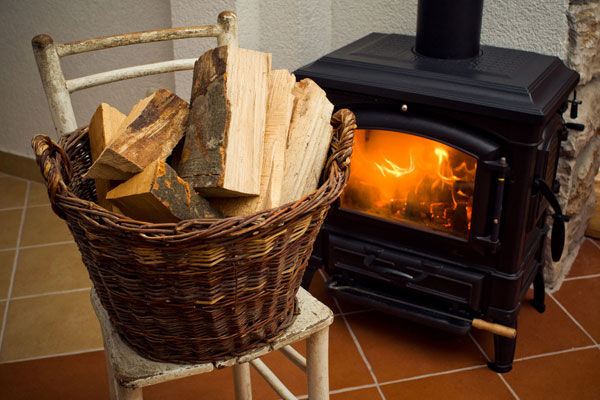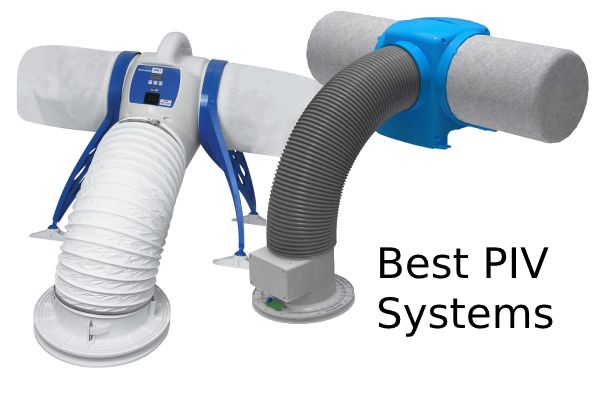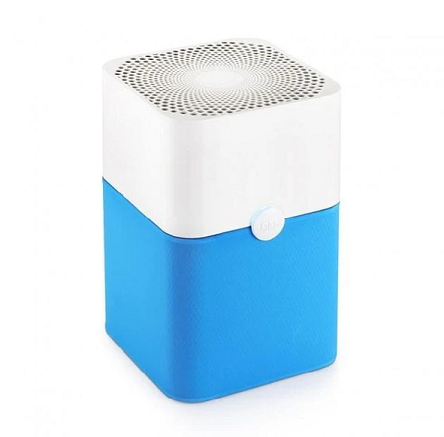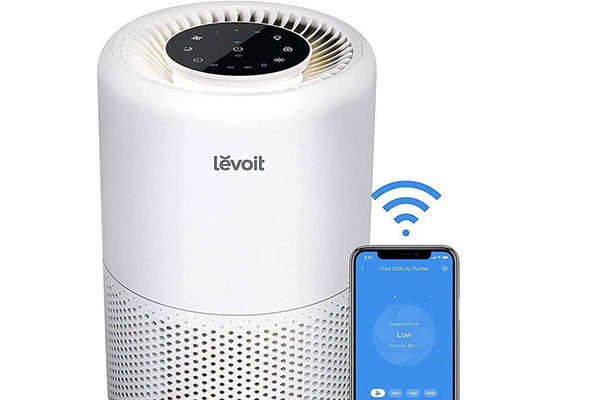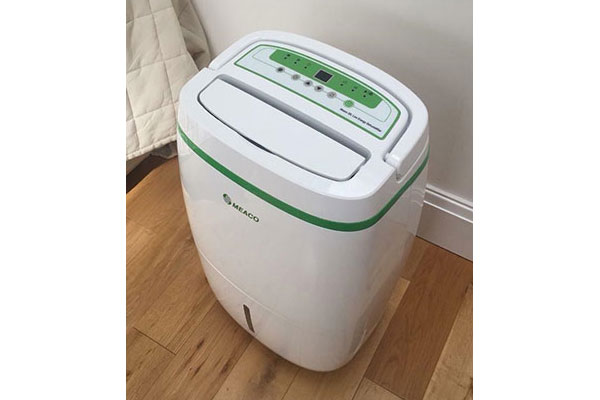Wood burning stoves are among the oldest forms of heating a home that people still use today. The very first wood burning stoves, used to replace standard fireplaces, were manufactured in 1728 in Germany. The validity of these units is that they are able to heat up quickly and maintain their temperature throughout the night. As the fire within the unit burns out, coals are kept alive by the ventilation and closed capacity of the device.
A recent study for wood burning stoves has concluded that they might not be as safe as once thought.
Apart from a way to heat your home with renewable resources, a wood burning stove offers a certain ambiance that other forms of heating simply cannot provide. Logs burning inside the stove provide a romantically nostalgic feeling to the space. Christmas time seems to invite the use of a wood burning stove, but are they really good for the environment?
Although wood burning stove manufacturers claim their stoves are perfectly clean, what is actually being emitted into the air.
Particulate Matter
The University of Sheffield conducted a study to determine how clean the air actually is in homes that use wood burning stoves for primary heating sources. The study was conducted over a 4 week time period and determined that tiny particulate matter was found floating around in the air. 20 sensors were placed around each home to ensure the scope of the experiment took into account all potential areas of pollution.
Best Air Purifiers for Wood Burning Stove
When choosing an air purifier for a wood-burning stove, it’s essential to consider the size of the room and the type of filtration system used. HEPA filters are particularly effective at capturing smoke particles, and activated carbon filters can help to remove odours. Here are some of the best air purifiers to consider:

LEVOIT Smart Air Purifier 600S
The Levoit Core 600S air purifier is a powerful device suitable for most rooms, with a three-layer filtration system that can capture large particles, airborne particles, and absorb smoke and odours. It supports app and voice control, has real-time monitoring of air quality, is quiet and secure, and has a humanized design. The filter replacement reminder feature is also available through the VeSync app.

Blueair Blue Pure 221
The Blueair Pure 221 air purifier comes with multiple color options, machine-washable fabric pre-filters, and activated carbon filters to remove odours and pollutants. It can be placed anywhere in the room due to its 360° air intake and has a single button control. It operates quietly and effectively purifies a 50m² room every 12.5 minutes or a 120m² room every 30 minutes.
Impacting Indoor Air Quality
With more people enjoying the great indoors for both work and play these days, indoor air quality matters. A common issue with indoor air quality is that it is up to 5 times more polluted than the outdoors. The reasons for this vary greatly depending on the type of HVAC unit used and other activities within the home such as smoking, vaping, etc.
Indoor air quality became a true cause for concern when people began quarantining during the pandemic. With a significant number of individuals remaining home bound for work and schooling, we should continue to monitor our indoor air quality. The use of air purifiers have become phenomenally helpful in this regard, but what about the impact of wood burning stoves on indoor air quality?
DEFRA regulated stoves are the standard throughout the UK.
These stoves are said to be clean burning and devoid of air pollution. The study conducted utilized 19 homes with wood burning stoves and one with an open, standard fireplace. The 19 stoves produced emissions up to 2.5% higher than when the stoves were not in use. This number significantly jumped to up to 400% when stoves were open to stoke the fire or add more wood.
This study shows that although manufacturers continue to claim a wood burning stove is a clean burning fuel source, the facts show this is not always the case. When the stove is opened, indoor air quality is significantly interrupted as particulates are allowed to escape the device. Provided the unit remained closed at all times, this would not be an issue, but opening the wood burning stove to refuel is where the clean burning notion is completely false.
Why Should it Matter?
Generally, indoor air quality is not a problem for some individuals, but those that have sensitivity to air particles, such as asthma patients, must be careful. Poor indoor air quality can quickly lead to potential asthma attacks and difficulty breathing in small children or elderly individuals. Indoor air quality is vitally important to the health and safety of children, elderly individuals, and those with respiratory concerns.
WHO Recommendations
One would think that strict regulations on emissions from wood burning stoves would be normalized by now, but contrary to popular belief, they are not. There is currently no guidance on the level of indoor air pollution that is safe for everyone. However, WHO, the World Health Organization has laid out recommendations regarding this issue.
On average, WHO recommends no more than 25 ug/m3 of particulate matter over a period of 24 hours. The study conducted concluded that individuals using a wood burning stove produced 27.34 ug/m3 and 195.83 ug/m3 when the devices were being used. At its best, wood burning stoves still fall short of the recommended guidelines and at their worst, they emitted almost 9 times the recommended emissions of particulates.
In Conclusion
Although wood burning stoves create an amazing ambiance and environment for special occasions, homes that use them on a regular basis run the risk of creating and exacerbating existing health problems for their family.
Exposure to particulates emitted from wood burning stoves may not affect your health in the short term, but over time, can potentially cause significant harm to yourself and those you love.
Reference / Source: MDPI
Last update on 2024-05-03 / Affiliate links / Images from Amazon Product Advertising API

